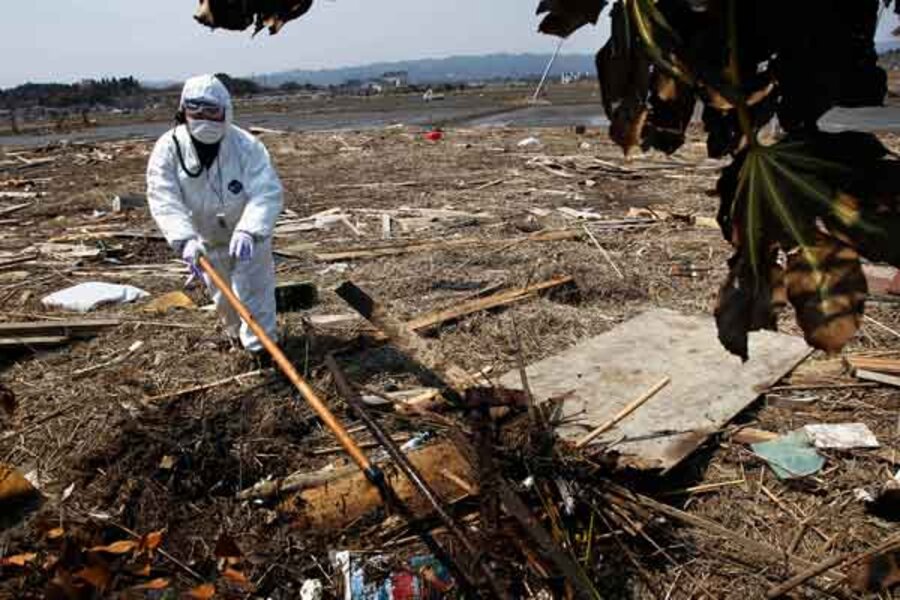Fukushima: Not Chernobyl, but bad enough
Loading...
The past doesn't determine the present, but it does influence how we think about it. That's why comparisons with Chernobyl were immediate after Japan raised the crisis level at Fukushima yesterday.
In reality, Chernobyl was much worse. Because there was no containment vessel at Chernobyl, contamination spread hundreds of miles. Soviet authorities also wasted several days denying there was a problem at the nuclear facility, thus exposing thousands of nearby residents to radioactive fallout. A quarter of a century after Chernobyl, the region around the plant remains off-limits to anyone but cleanup workers.
The Fukushima crisis is not over. Scientists think it could take more than a decade to make the facility safe. But unless there is a catastrophic release of radiation, adjacent regions should have only small amounts of contamination to deal with.
In one important sense, however, Fukushima and Chernobyl (and Three Mile Island) are the same: They all raise concerns about how well we've taken account of human error, design flaws, natural disasters, and long-term waste when it comes to nuclear power.
Note to readers: If you would like to see an early version of this column, plus our selection of the most important stories of the day, click here to subscribe to the Monitor's Daily News Briefing.





